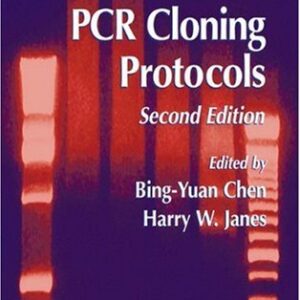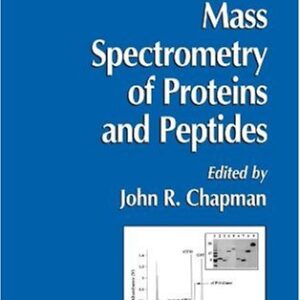Reports of influenza-like illnesses date back to the Middle Ages, and outbreaks of influenza likely afflicted humans long before that. Over the last half century, influenza virus research has led to the development of two classes of antivirals ? ion channel and neuraminidase inhibitors. Recently, a method of the artificial generation of an influenza virus was established. This system has been instrumental in the development of novel influenza vaccines and in the understanding of viral pathogenicity and the functions of viral proteins. Influenza Virus: Methods and Protocols summarizes the current techniques that have made this progress possible, ranging from protocols for virus isolation, growth, and subtyping to procedures for the efficient generation of any influenza virus. Written in the successful Methods in Molecular Biology? series format, chapters include introductions to their respective topics, lists of the necessary materials and reagents, step-by-step, readily reproducible protocols, and notes on troubleshooting and avoiding known pitfalls.
Authoritative and easily accessible, Influenza Virus: Methods and Protocols seeks to serve both professionals and novices with the techniques used in numerous laboratories around the world that are, thus, the building blocks that underpin almost all influenza virus research.

![[PDF] Influenza Virus: Methods and Protocols Yoshihiro Kawaoka, Gabriele Neumann (auth.), Yoshihiro Kawaoka, Gabriele Neumann (eds.)](https://pdfelite.com/wp-content/uploads/2024/04/e3a00364b137b3b53bde803bf9ace0aa-d.jpg)




Reviews
There are no reviews yet.